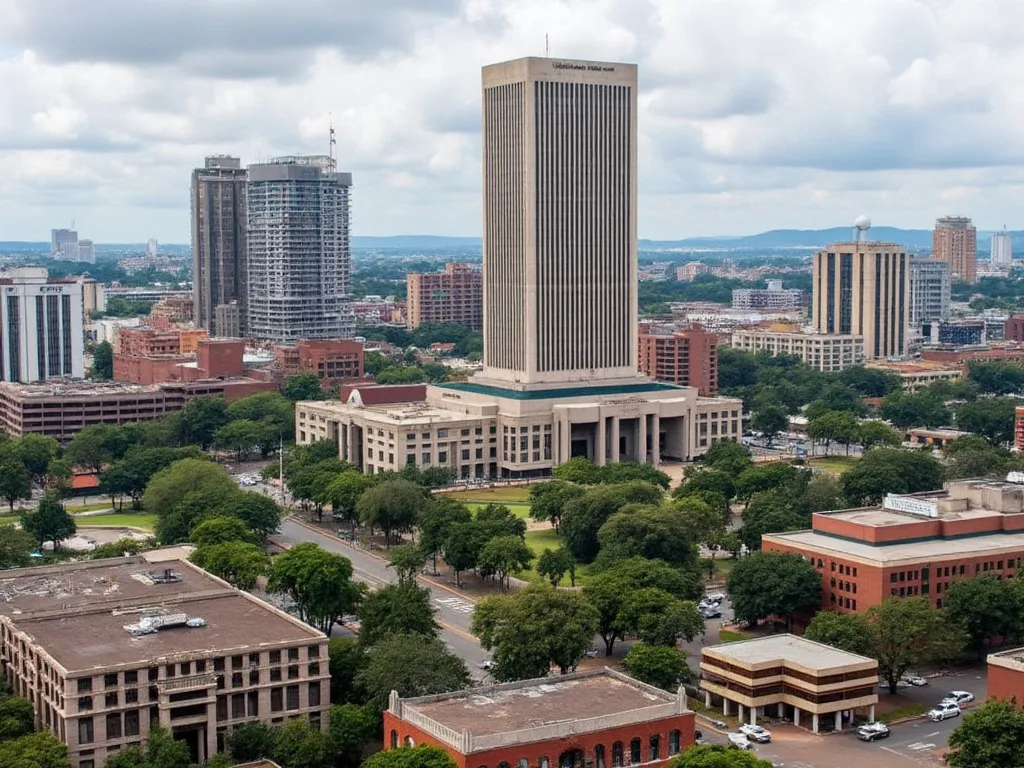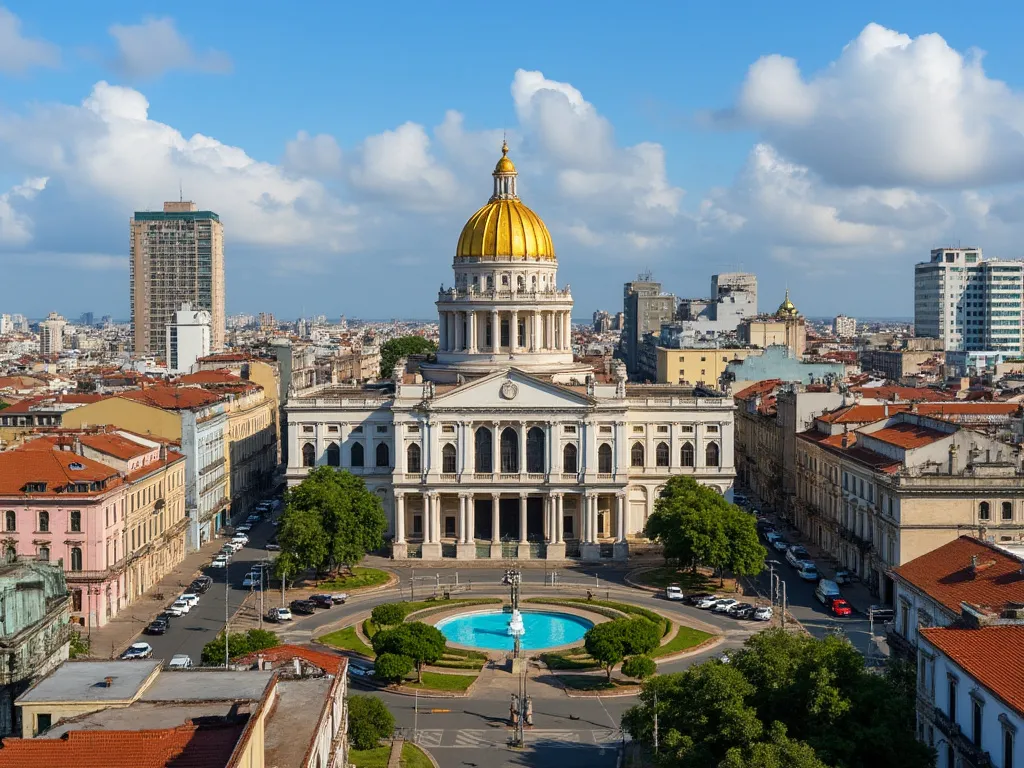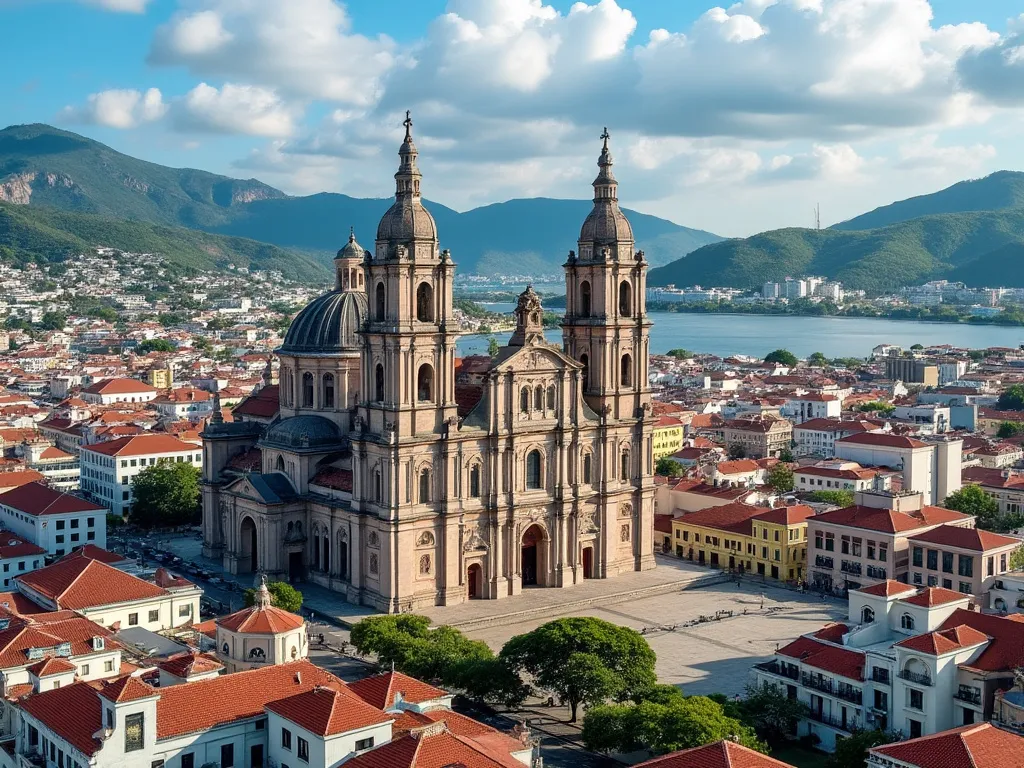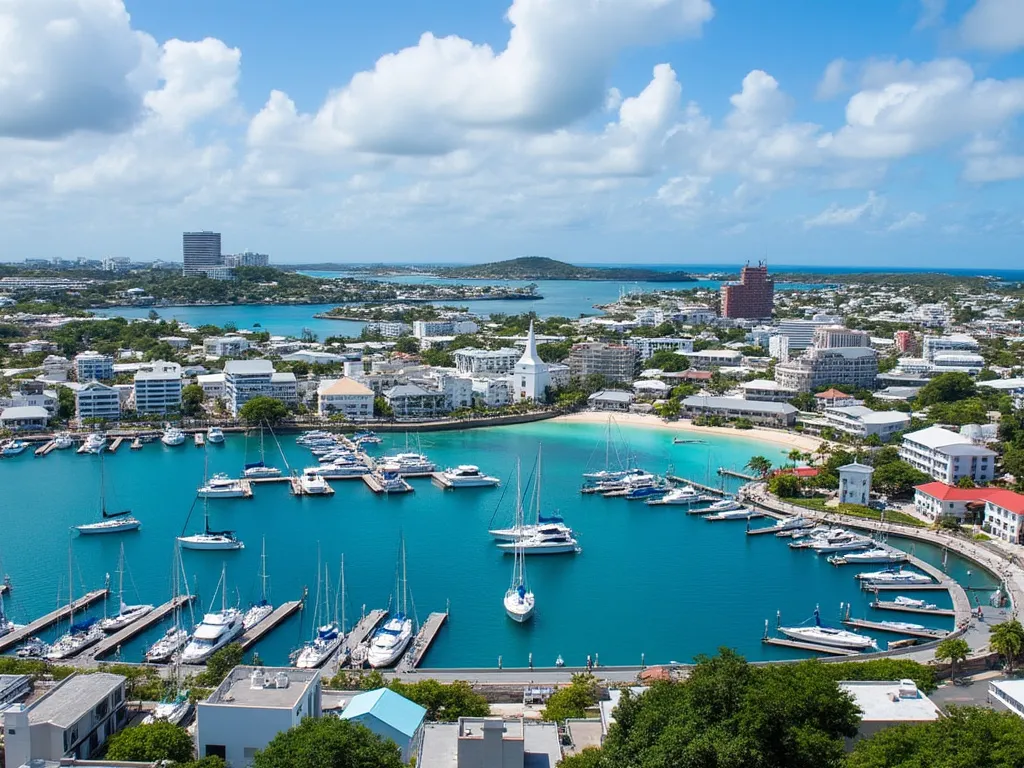
Hanoi is the capital city of Vietnam, a cultural and historical hub that has been the center of Vietnamese politics, economy, and culture for over 1,000 years. Located in the northern part of the country, Hanoi is situated on the banks of the Red River and is known for its rich history, vibrant culture, and stunning natural beauty.
Hanoi Information
| Country | 🇻🇳 Vietnam |
| Population | 8,053,553 |
| Coordinates | 21.0333° N, 105.8500° E |
| Area | 3,358.6 km² |
| Climate | Tropical savanna climate |
| Language | Vietnamese |
| Currency | Vietnamese đồng (VND) |
| Time zone | UTC+7 |
| Proximity to other major cities | Haiphong (100 km), Ho Chi Minh City (1,700 km) |
Historical Background of Hanoi
Hanoi has a long and storied history that dates back to the 3rd century BC. The city was originally known as Thăng Long, which translates to "ascending dragon." Over the centuries, Hanoi has been ruled by various dynasties, including the Chinese, the Ly, the Tran, and the Le. In 1802, the city was renamed Hanoi, which means "inside the river." During the French colonial period, Hanoi was the capital of French Indochina, and the city was heavily influenced by French architecture and culture.
Geographical Location of Hanoi
Hanoi is located in the northern part of Vietnam, approximately 100 km from the coast. The city is situated on the banks of the Red River, which flows through the city and provides a source of water and transportation. Hanoi is surrounded by mountains and hills, which provide a natural barrier against the elements and have played a significant role in the city's history and culture.
Cultural Significance of Hanoi
Hanoi is a city that is steeped in culture and tradition. The city is home to many historical landmarks, including the Old Quarter, the Temple of Literature, and the Ho Chi Minh Mausoleum. Hanoi is also known for its vibrant arts scene, with numerous museums, galleries, and performance venues. The city is famous for its traditional Vietnamese cuisine, including popular dishes such as pho, banh mi, and bun cha.
Economic Importance of Hanoi
Hanoi is the economic hub of Vietnam, with a GDP of over $20 billion. The city is a major center for industry, finance, and trade, with a strong focus on manufacturing, IT, and tourism. Hanoi is also a major transportation hub, with two international airports and a comprehensive network of roads, railways, and waterways.
Interesting Facts About Hanoi
- Hanoi is home to over 600 temples and pagodas.
- The city has a network of underground tunnels and bunkers that date back to the French colonial period.
- Hanoi is home to the world's largest bronze drum, which is over 2 meters in diameter and weighs over 2 tons.
- The city has a vibrant street food scene, with over 1,000 street food stalls and vendors.
Tourist Attractions in Hanoi
- Ho Chi Minh Mausoleum
- Old Quarter
- Temple of Literature
- Hoan Kiem Lake
- Water Puppet Theatre
Conclusion on Hanoi
Hanoi is a city that is steeped in history, culture, and natural beauty. From its vibrant Old Quarter to its stunning natural surroundings, Hanoi is a city that has something to offer for everyone. Whether you are interested in history, culture, food, or adventure, Hanoi is a city that is sure to leave a lasting impression.
 Harare
Harare
 Havana
Havana
 Hagåtña
Hagåtña
 Hamilton
Hamilton